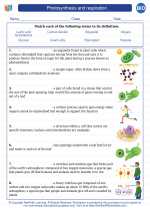Treatment in Biology
Treatment in biology refers to the application of different methods, strategies, and interventions to manage, cure, or alleviate a disease, disorder, or condition in living organisms. In the context of biology, treatment can encompass a wide range of approaches, including pharmaceuticals, surgical procedures, dietary changes, physical therapy, and lifestyle modifications.
Types of Treatments
There are various types of treatments used in biology, each with its own specific application and mechanisms of action:
- Pharmaceutical Treatments: These include the use of drugs and medications to target specific biological pathways, enzymes, or cellular processes associated with a disease. Examples include antibiotics, anti-inflammatory drugs, chemotherapeutic agents, and hormonal medications.
- Surgical Treatments: In cases where physical intervention is necessary, surgical treatments may be employed to remove tumors, repair injuries, or restore normal anatomy and function.
- Dietary and Nutritional Treatments: Certain conditions can be managed or improved through dietary and nutritional interventions, such as the adoption of specific diets, supplementation with vitamins and minerals, or the restriction of certain nutrients.
- Physical and Rehabilitation Treatments: For musculoskeletal or neurological disorders, physical therapy and rehabilitation techniques can be utilized to improve mobility, strength, and functionality.
- Behavioral and Lifestyle Treatments: Lifestyle modifications, behavioral therapy, and counseling can play a crucial role in managing conditions such as addiction, mental health disorders, and chronic diseases influenced by lifestyle factors.
Considerations for Treatment
When considering treatment options in biology, several factors need to be taken into account:
- Effectiveness: The efficacy of the treatment in addressing the specific biological mechanisms underlying the condition.
- Safety: Potential side effects, risks, and adverse reactions associated with the treatment.
- Individual Variability: Variations in how individuals respond to different treatments based on genetic, physiological, and environmental factors.
- Cost and Accessibility: The financial implications and availability of the treatment for individuals or communities.
- Ethical and Legal Considerations: Ensuring that treatments adhere to ethical principles and legal regulations governing medical interventions.
Study Guide for Treatment in Biology
To understand the concept of treatment in biology, students should focus on the following key areas:
- Explore the different types of treatments used in biology and provide examples of conditions for which each type of treatment is commonly employed.
- Examine the mechanisms of action of pharmaceutical treatments, including how drugs target specific cellular processes and the potential impact on the body's homeostasis.
- Investigate case studies or real-life examples of successful treatment interventions, highlighting the importance of evidence-based practice in biology.
- Analyze the ethical and societal implications of various treatment options, considering factors such as access to healthcare, disparities in treatment availability, and the role of public health initiatives.
- Consider the role of interdisciplinary collaboration in developing comprehensive treatment plans, involving professionals from fields such as medicine, genetics, psychology, and public health.
By engaging with these study areas, students can develop a holistic understanding of the diverse approaches to treatment in biology and the multifaceted considerations involved in managing biological conditions.
.◂Biology Worksheets and Study Guides High School. Photosynthesis and respiration
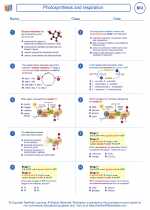
 Worksheet/Answer key
Worksheet/Answer key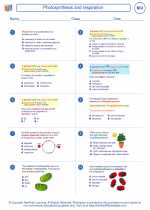
 Worksheet/Answer key
Worksheet/Answer key
 Worksheet/Answer key
Worksheet/Answer key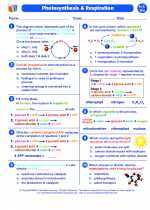
 Vocabulary/Answer key
Vocabulary/Answer key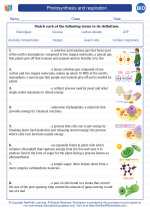
 Vocabulary/Answer key
Vocabulary/Answer key